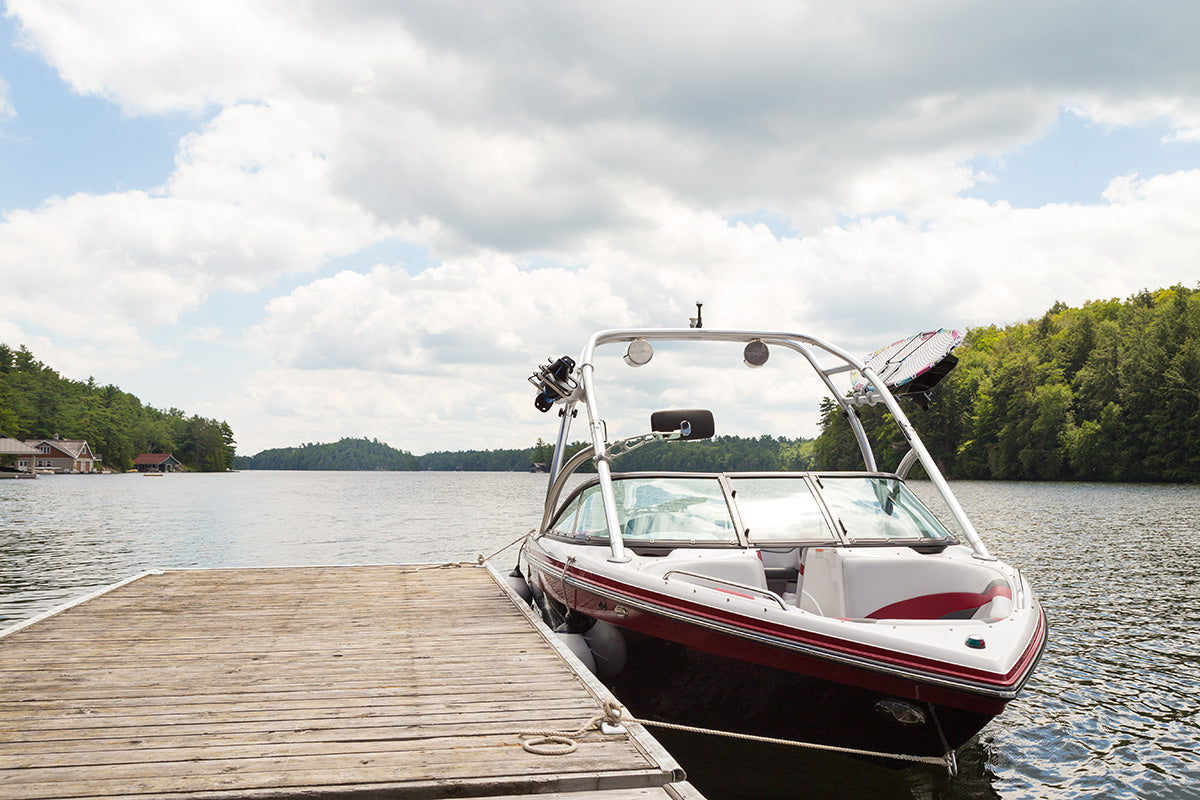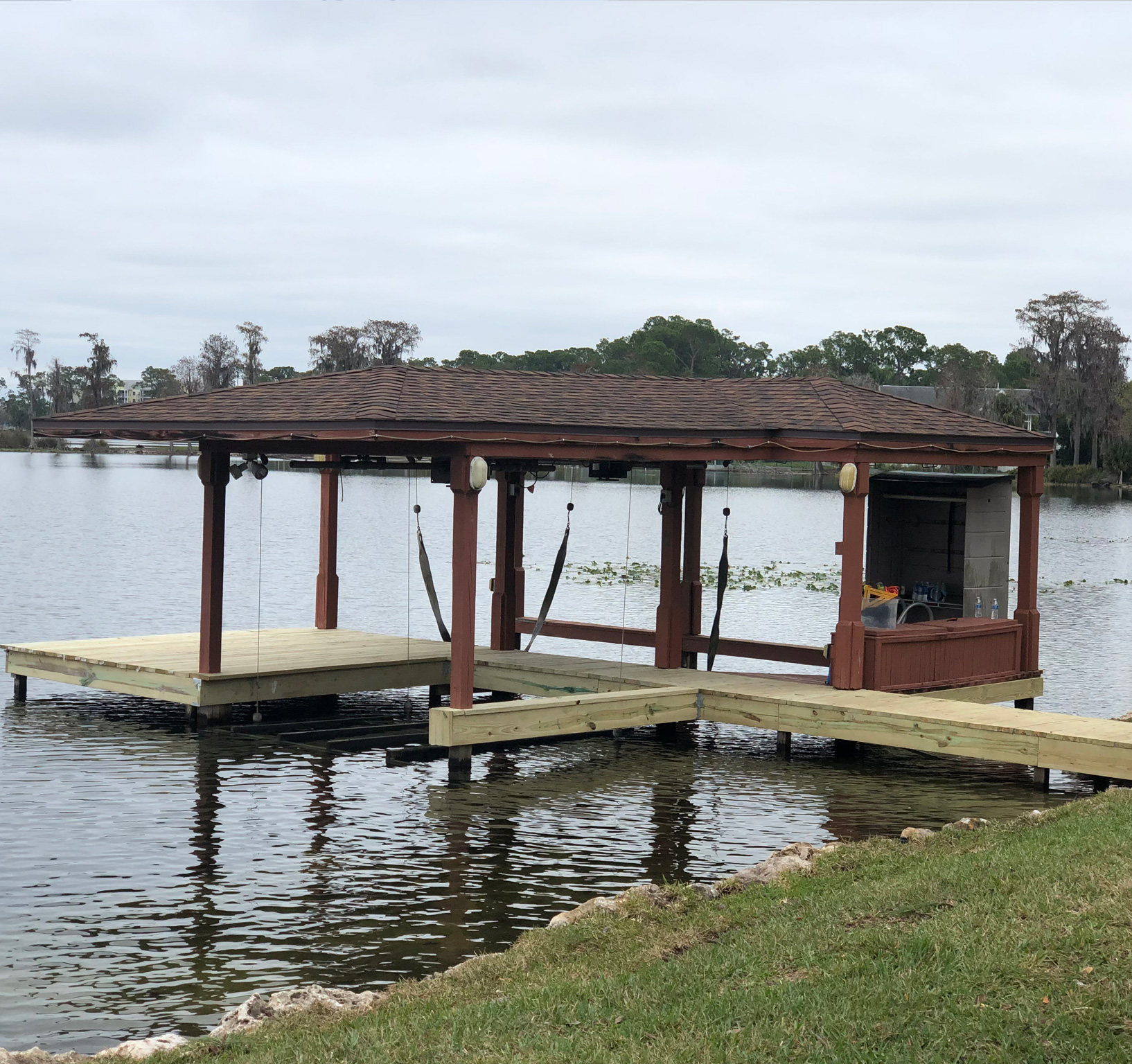Important Overview to Cost Effective Dock Repairs for Homeowners
Important Overview to Cost Effective Dock Repairs for Homeowners
Blog Article
Reliable Dock Repair Service Techniques: Guaranteeing Architectural Integrity
Ensuring the structural honesty of anchors with reliable fixing strategies is extremely important for the longevity and safety and security of aquatic centers. This involves a multi-faceted method starting with extensive evaluations using innovative technologies like finder equipment and remotely ran lorries (ROVs) to spot both visible and hid problems. Ultimately, choosing the right repair materials, such as composite materials and corrosion-resistant alloys, is essential for longevity. Structural reinforcement methods, consisting of the application of cross-bracing systems and load-distribution plates, play a vital role in mitigating anxiety points. The significance of these techniques comes to be apparent when checking out innovative fixing approaches and preventative upkeep strategies.
Evaluating Dock Damage
Analyzing dock damage is a critical first action in guaranteeing the structural honesty and security of any type of docking facility. Trick facets to examine include the dock's structure, pilings, outdoor decking, and equipment (Dock Repairs).
Architectural designers or qualified assessors generally do these evaluations making use of specialized methods and devices. For circumstances, undersea examinations may employ finder equipment or from another location ran lorries (ROVs) to discover submerged damage. Over water, visual examinations are matched by making use of moisture meters and various other diagnostic devices to uncover underlying concerns not immediately visible to the naked eye.

Deciding On Repair Work Materials
Choosing the ideal fixing materials is a crucial action in the dock restoration procedure, one that straight affects the long life and efficiency of the repaired framework. Material choice must be driven by variables such as environmental conditions, load-bearing demands, and compatibility with existing dock elements. For example, wood is a standard option for docks as a result of its all-natural durability and aesthetic appeal. However, choosing the ideal type of wood, such as pressure-treated lumber or naturally rot-resistant species like cedar or teak, is essential to stand up to aquatic environments.
In enhancement to timber, composite products are increasingly prominent as a result of their durability and reduced upkeep needs. Composites, normally made from a blend of plastic and wood fibers, use outstanding resistance to rot, insects, and UV damages. For metal anchors, picking corrosion-resistant alloys such as galvanized steel or marine-grade aluminum is necessary to prevent rust and make sure structural integrity in saline water problems.
Epoxy resins and marine-grade sealers are vital for fixing cracks and sealing joints, supplying a water-proof obstacle and improving the dock's overall stamina. By carefully picking top quality products, dock fixings can attain lasting outcomes, thus safeguarding versus future destruction and ensuring safe, trustworthy usage.
Structural Support Methods
Effective architectural support strategies are important in ensuring the security and longevity of dock repair services. This method is particularly reliable for docks revealed to heavy lots or severe ecological problems.
One more important method is the application of fiber-reinforced polymers (FRP) These products provide high strength-to-weight proportions and excellent resistance to deterioration, making them optimal for enhancing wood or concrete anchors. FRP can be used in sheets or strips and bound with epoxy materials to enhance architectural integrity.
Supporting and securing systems also play an essential function in architectural support. Cross-bracing, utilizing metal or wood light beams, can counteract lateral forces, reducing guiding and activity. Securing systems, such as helical piers or driven piles, provide a steady structure by moving loads to deeper, much more steady soil layers.
Lastly, the assimilation of load-distribution plates can aid distribute weight much more equally across the dock's surface, reducing localized anxiety factors. These techniques collectively make sure that anchors stay robust and risk-free, capable of withstanding the rigors of their operational atmosphere.
Advanced Repair Service Methods

An additional innovative strategy includes underwater welding, which allows for repair services to be performed without the requirement to dewater the area. This technique is particularly advantageous for resolving structural concerns in submerged dock elements, making certain minimal disruption to procedures. Improved welding strategies, combined with robot systems, deliver precision and dependability, therefore expanding the life expectancy of the dock.
Additionally, cathodic security systems are implemented to stop deterioration in metal dock frameworks. By making use of sacrificial anodes or satisfied present systems, these methods properly minimize the electrochemical processes that result in material damage.
Last but not least, progressed monitoring technologies, such as structural health monitoring (SHM) systems, offer real-time data on the problem of dock frameworks. These systems enable aggressive maintenance and prompt interventions, ultimately making sure the lasting structural stability of the dock.
Maintenance and Prevention
Maintenance and prevention are fundamental principles that underpin the long life and security of dock frameworks. Regular examinations are vital, enabling for early discovery of deterioration, prospective weaknesses, and ecological effects. A proactive method, involving regular look for corrosion, rot, and architectural shifts, reduces expensive fixings and prolongs the dock's functional life.
Preventive measures ought to include using protective layers to metal elements to guard versus rust and using treated wood to stand up to decay. Additionally, guaranteeing correct drain and ventilation can stop water build-up, which is a typical root cause of architectural degradation. Integrating top quality products and sticking to manufacturer guidelines throughout building and fixing phases additionally play important roles in enhancing sturdiness.

Educating employees in dock maintenance ideal techniques makes certain constant application of safety nets. Leveraging technological developments, such as drones for assessments and sensors for real-time surveillance, can better improve upkeep efforts. By focusing on upkeep and prevention, dock proprietors can ensure structural honesty, functional security, and cost-effective management over the dock's lifespan.
Final Thought
In conclusion, keeping the architectural stability of aquatic centers necessitates thorough dock repair work strategies. Advanced repair service methods, combined with regular maintenance methods, guarantee the dock remains secure and operational under varied environmental problems.
Guaranteeing the architectural honesty of anchors through effective repair work methods is paramount for the long life and safety and security of marine facilities.Choosing the ideal repair work products is an essential linked here step in the dock repair procedure, one that straight influences the longevity and efficiency of the fixed framework.Effective architectural reinforcement methods are essential in guaranteeing the security and long life of dock repair services. By focusing on upkeep and avoidance, dock owners can make certain structural honesty, look at this website functional security, and economical monitoring over the dock's life expectancy.
In conclusion, maintaining the architectural honesty of aquatic facilities requires extensive dock fixing strategies.
Report this page